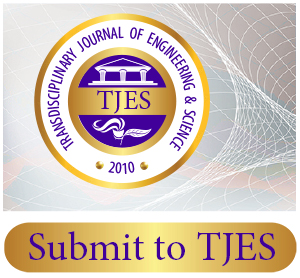Implementation of Taguchi method for designing a robust wind turbine
Abstract
The current paper demonstrates the design parameters and tolerances for a horizontal axis wind turbine. Here we have adopted one of the DOE (design of experiment) method namely Taguchi method, a traditional approach for designing a robust wind turbine. For optimization purpose, the evaluation and estimation of various problems i.e; constrained as well as unconstrained have been done using Taguchi method. For the derivation of design parameters lift coefficient (CL), drag coefficient (CD) and power coefficient (CP) the L-9 Orthogonal array (OA) comprising of 4 parameters each with three levels (NACA aerofoil type, Mach number, Reynolds number and angle of attack) are considered. Open source Q-Blade designing software is used for determining power, lift and drag coefficients of the wind turbine. The combination of GRA and orthogonal arrays are used for attaining the optimized parameters. In this paper an investigation has been carried out on the specific NACA aerofoils 4412, 4712 and 4421. Among all the aerofoils NACA 4712 has showed the impressive results in terms of maximum lift coefficient of 0.9491and minimum drag coefficient of 0.02601. Also from signal to noise plots it can be inferred that the most influenced parameter for CL and CD is Mach number and Aerofoil for CP.


